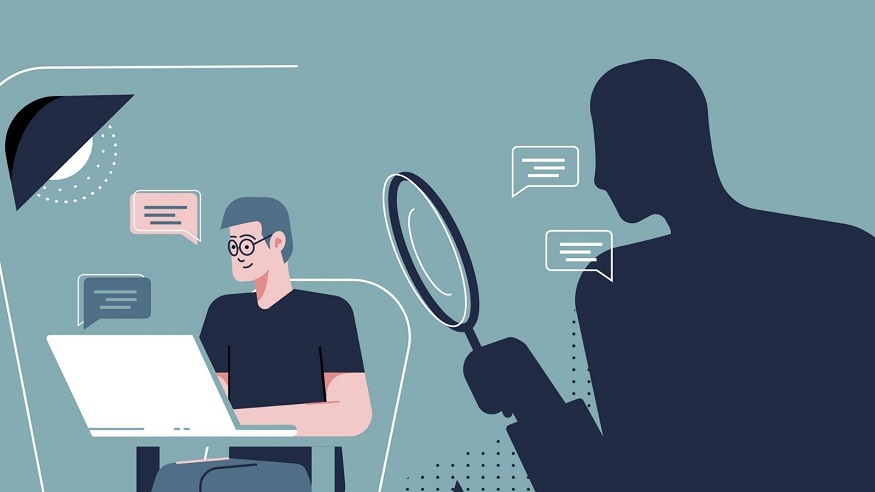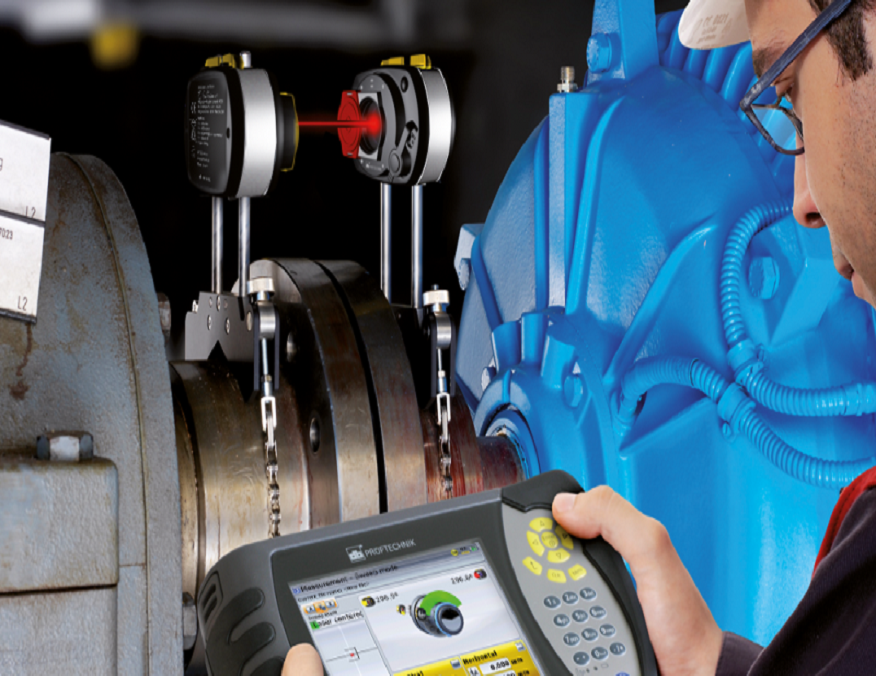In today’s digital age, the workplace landscape is evolving rapidly, with remote and hybrid work becoming the norm. Alongside this shift, the use of employee surveillance tools is on the rise, aiming to ensure productivity, security, and compliance. However, this trend raises questions about the balance between monitoring and privacy, as well as the potential unintended consequences for employers. Let’s get into the complexities of employee surveillance and its implications for both employees and employers.
The Growing Trend of Employee Surveillance
With the advent of remote work and the proliferation of digital tools, employee monitoring software has seen a surge in demand. Tools like Time Doctor and Controlio offer employers insights into employee activities, from keystrokes and browsing history to time spent on tasks. According to a report, searches for employee monitoring software spiked by 75% in March 2023 compared to the previous year, indicating a growing interest in monitoring solutions (Source link). This rise in surveillance reflects employers’ concerns about maintaining productivity and ensuring security in an increasingly remote work environment.
The Role of Employee Monitoring Tools
Employee monitoring tools serve multiple purposes, including tracking productivity, ensuring compliance with company policies, and mitigating security risks. For example, Controlio software offers comprehensive monitoring capabilities, allowing employers to monitor employee activities in real-time and access detailed reports on their computer usage. Such tools empower employers to identify inefficiencies, detect potential security threats, and address performance issues proactively.
Navigating the Privacy Paradox
While employee monitoring tool offer benefits in terms of productivity and security, they also raise concerns about privacy and autonomy in the workplace. Employees may feel scrutinized and micromanaged, leading to decreased morale and job satisfaction.
Moreover, the use of monitoring software can create a culture of distrust and erode employee privacy rights. Striking the right balance between monitoring and respecting employees’ privacy is essential for fostering a healthy work environment.
The Potential Backlash for Employers
Despite the intentions behind employee surveillance, there is a risk of unintended consequences that could backfire on employers. Studies have shown that monitored employees are more likely to engage in counterproductive behaviors, such as taking unapproved breaks and deliberately slowing down their work pace.
This phenomenon underscores the importance of adopting a nuanced approach to surveillance, one that prioritizes trust, transparency, and mutual respect between employers and employees.
Controlio: A Closer Look to The Solution
Among the plethora of employee monitoring tools available, Controlio stands out for its comprehensive features and user-friendly interface. With Controlio, employers can gain deep insights into employee behavior while maintaining data security and compliance. This software’s advanced analytics and reporting capabilities enable employers to make informed decisions about workforce management and productivity optimization.
Conclusion
As the use of employee surveillance tools continues to proliferate, employers must tread carefully to avoid potential pitfalls. While monitoring can enhance productivity and security, it must be balanced with respect for employees’ privacy and autonomy. By adopting transparent policies, fostering open communication, and leveraging tools like Controlio responsibly, employers can create a conducive work environment that promotes trust, productivity, and employee well-being in the digital age.




